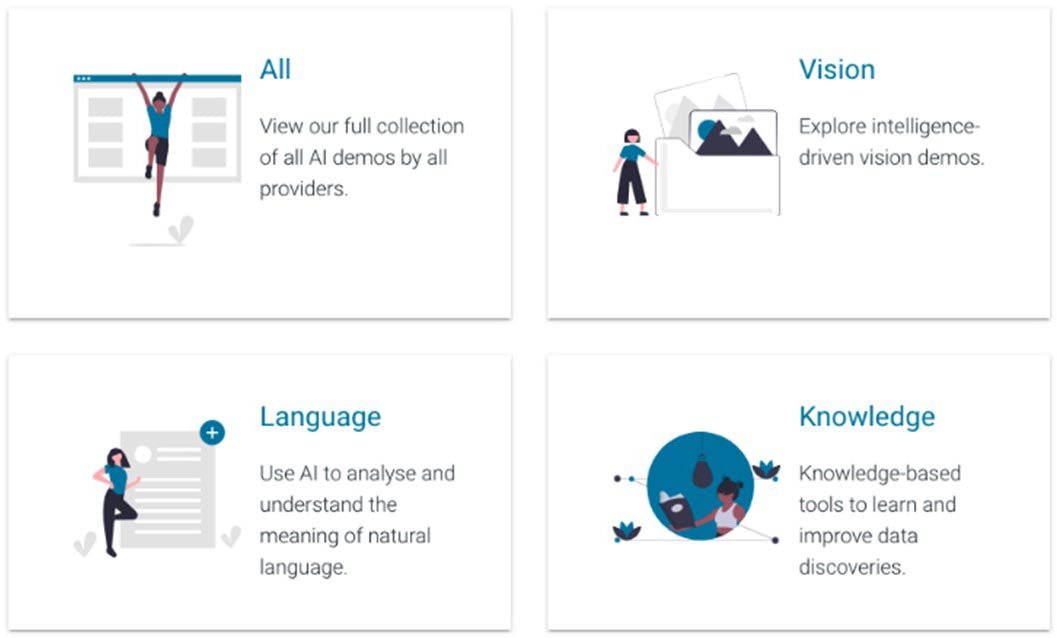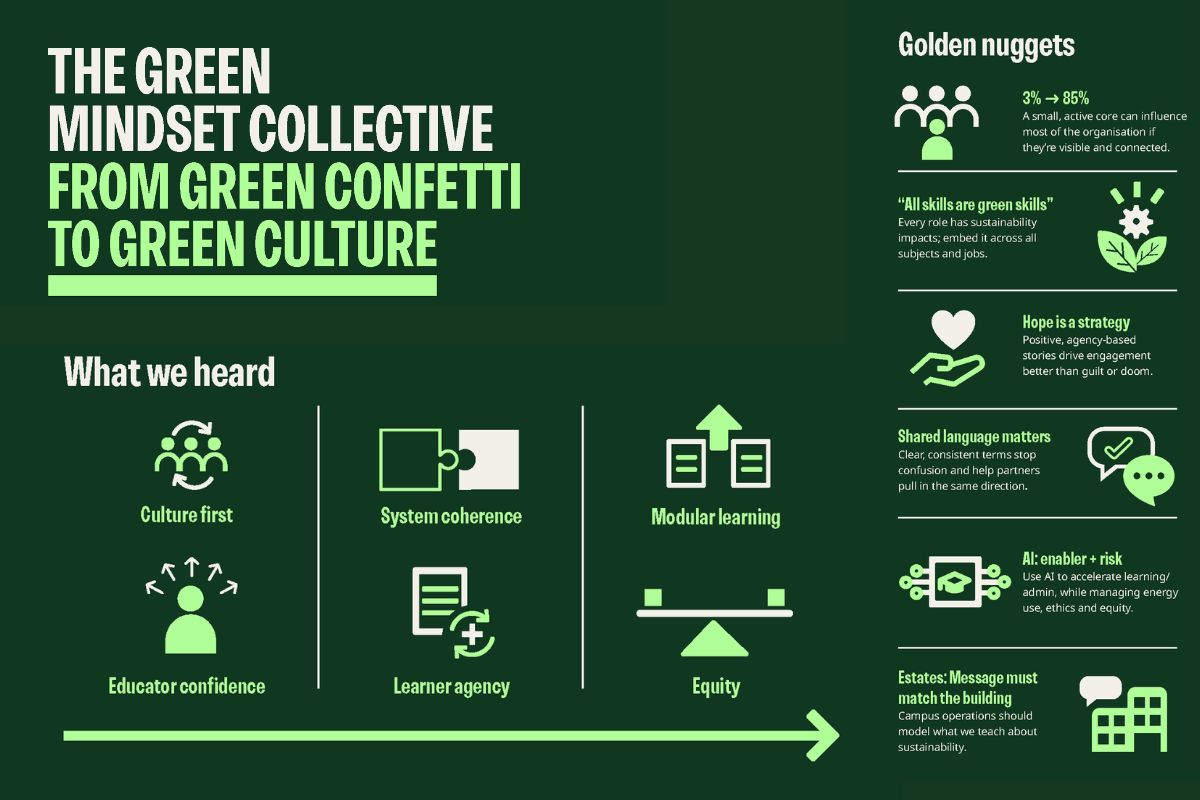Artificial intelligence in education today: The art of the possible

As @Jisc launches its National Centre for Artificial Intelligence in Tertiary Education, Michael Webb, shares some tools to explore #AI, and the art of the possible:
Overestimations and underestimations
My colleagues at Jisc and I started working on ExploreAI when we noticed both an overestimation and an underestimation of the scope of AI in tertiarty education; people were either proposing AI do something that, in reality, isn’t likely to be feasible any time soon, or were dismissing AI as a solution when, in fact, it was perfectly possible. The site offers hands-on experience to help with this understanding.
How ExploreAI works
 Many of the demos on the site are based on services from providers, such as Microsoft or Amazon, as part of their Cloud-based web services. With a few exceptions, these are services that can be used today by any developer, without needing specialist data science expertise.
Many of the demos on the site are based on services from providers, such as Microsoft or Amazon, as part of their Cloud-based web services. With a few exceptions, these are services that can be used today by any developer, without needing specialist data science expertise.
We’ve grouped the demos into three areas:
Each demo is structured with instructions, data, and sections with more information, which provide some technical background, and ‘Things to consider’, which might be legal or ethical issues, or technical limitations.
Visitors can either select sample content or provide their own, clicking the action button to send the content to one or more solution providers, and then seeing the results. Sending it to multiple service providers shows how organisations analyse data differently – for example, with sentiment analysis it might be on a sentence basis, on the whole text, or by looking for key phrases.
Getting started
Here are some tips to help those that are new to AI start using the site:
- Sentiment analysis identifies whether the sentiment behind text is positive, negative or neutral. It works by selecting sample text or pasting text in – making sure it’s about a paragraph long so the tool has enough information to work with. Do the results look right? Are there any limitations? Could the results be used as part of an educational process, for example in part of a service to aggregate or highlight feedback to students?
- Face detection tools locate faces in images and create information about those faces. This is an interesting example for anyone interested in exploring AI and vision, or considering ethical issues. Try the example with both the demo content and a picture of yourself to see the differences between face recognition and face detection. The service has a guess at your age. Is it accurate? What legal and ethical issues does that raise?
- Question generation uses AI to create question and answer sets from passages of text. This is based directly on work by researchers, rather than using a Cloud service. It’s an example of AI generating, or supporting the generation of, educational content. What is the value in this? For example, if students use it to test their understanding of something they had read, or tutors use it to generate formative assessment questions. How good are the questions? How good are the answers? If they aren’t good, does that matter?
Michael Webb, Director of technology and analytics, Jisc
ExploreAI hosts practical demos to illustrate the kinds of things that are possible with Artificial Intelligence (AI) today. Examples from Cloud suppliers, such as Microsoft Azure, Amazon Web Services and IBM Watson, sit alongside illustrations of particular concepts shared by the education and technology not-for-profit, Jisc. Please send questions to [email protected].











Responses